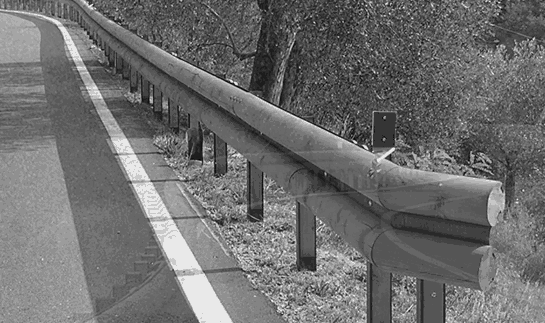This study by Hitachi Rail investigates how various designs of energy absorbers perform under offset collision conditions in railway vehicles.
Using finite element simulations (240 in total), the research explores different absorber geometries—such as thin-walled multi-cell and bi-tubular structures—and analyses how factors like thickness, shape, and cross-sectional dimensions affect energy dissipation.
The key findings reveal that increasing the cross-sectional size improves the energy absorption efficiency
(measured by the energy ratio R), while changes in thickness or absorber type have minimal impact.
Shapes with acute or right-angled vertices also help maintain structural stability and promote complete folding during impact,
crucial for optimal energy dissipation. Buckling instability, which reduces absorber performance, only occurs below certain size thresholds.
Overall, the study emphasizes the importance of geometry over material thickness in designing efficient crash energy management systems.
Read the article
CASE STUDY
The barrier has been thoroughly tested and certified against car and bus impact conditions.
automotive ls-dyna
CASE STUDY
In this technical article, Fiat Chrysler Automobiles explain how they created a multibody optimization project to identify the optimal values for the powertrain suspension stiffness for a three-cylinder engine in order to minimize the vibrations at idle condition and ensuring greater ride comfort to the passengers.
automotive optimization modefrontier